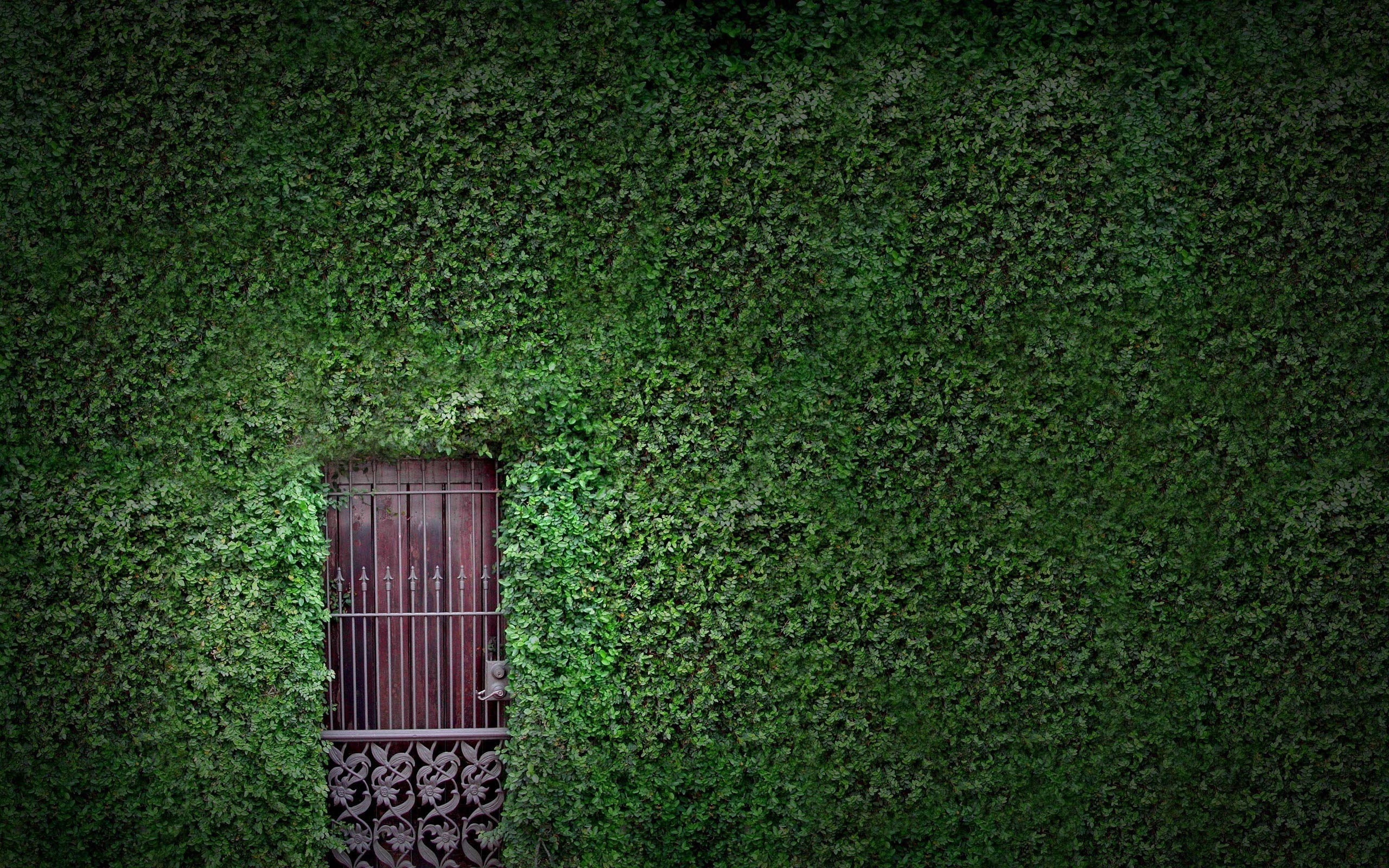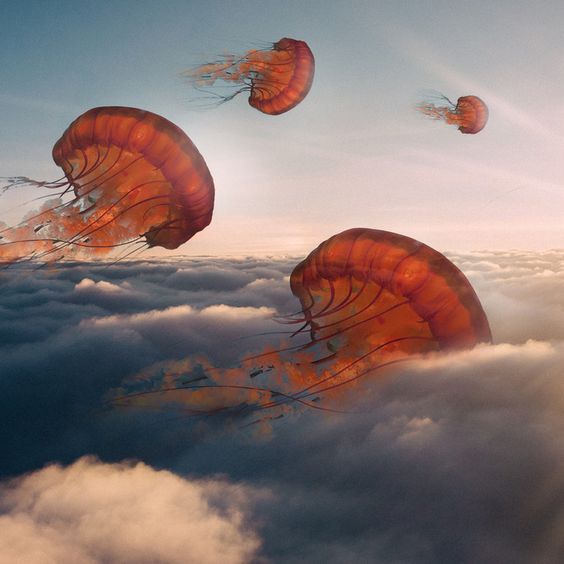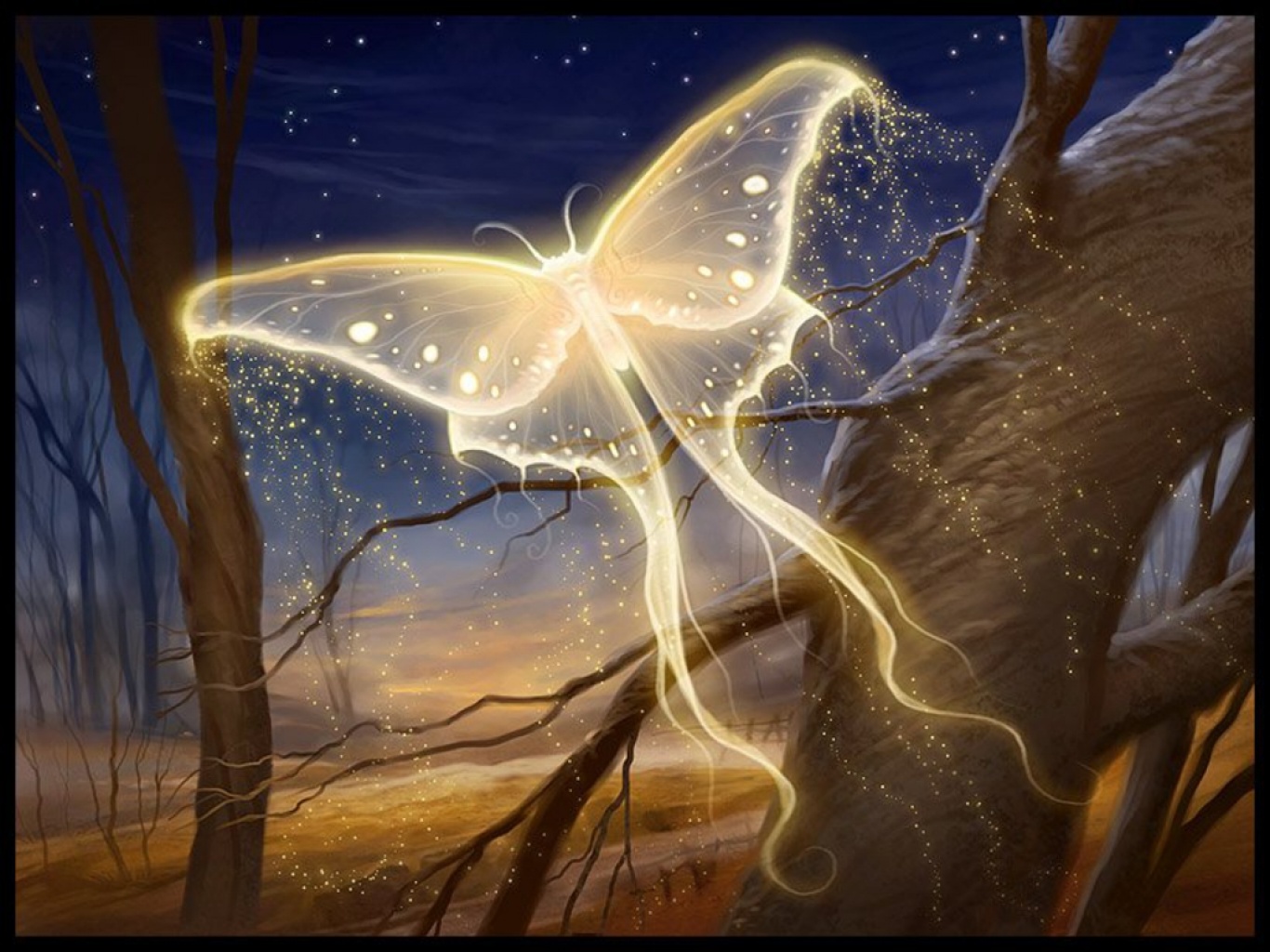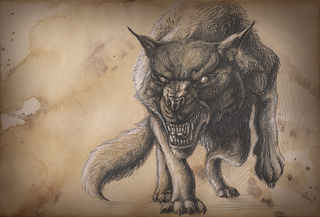cokemonster
One Thousand Club
Form for Fauna
Picture:
Name: Seneca
Type: Mammal
Diet: Herbivore, requiring their body weight in legumes, grasses, shoots, and other crap daily. They are always eating.
Habitat: Deciduous Forests and Tundra.
Appearance Description: The Seneca is a white coated herbivore. Both genders wield grandiose antlers which house a plantae considered a part of the animal. Their coats are soft and luxurious, lending them to be the prime choice of quality fabric.
Height: 4-5 ft.
Length: 6-7 ft.
Width: 2-3 ft.
Weight: 100 lbs. – 250 lbs.
Life Span: 15-20 Years
Top Speed: Unantlered: 40 kph / Antlered: 20 kph
Behavioral Description: The Seneca is at the center of the Northern Forest food chain. Their white coat makes it easy for other fauna to spot them in forested areas, while the leaves sprouting from their extensive antlers works the same way in the depths of a tundra. This may seem counter-intuitive to its survival, but it actually wants to be seen. Year round, the green plantae produces copious amounts of nutrient rich nectar through photosynthesis and what the body eats. This nectar attracts many species of bees, insects, birds, other mammalian herbivores, and even predators. Those who feed on the Seneca’s nectar form a sort of symbiotic relationship with it the same as the plantae has with the Seneca itself. As a Seneca grows out its antlers, the slower it becomes yet the less it needs to runaway, for it is able to attract more and more Animalia to act as “Defenders” on the choice predators that do prey on their meat. Of course, these defenders will prey on each other, so each Seneca usually has a choice set of animals that attach themselves. You won’t see a Seneca feeding both a herd of Papaopamus and a nest of adolescent Griffons. In times of disparity, packs of competing predators will fight for “possession” of these vital sources of food, and farm them through harsh winters or food shortages.
Their antlers can also be used as a defense mechanism, protecting most of its body besides its hind-quarters. When being preyed upon, it may detach its precious horns in a last ditch attempt to run away. Even if they escape, it is rare that they survive long after they lose their horns.
Farming Seneca is not viable. They require too much food for modern agriculture to facilitate. Additionally, they will usually panic and detach their antlers if kept penned in a small area. The odd farmer may keep one semi-pinned in their backyard, but the many Defending animals that feed on the nectar make it difficult to cultivate.
Special Abilities: The production of a healthy nectar-paste that heals 1 HP per 100ml. Produces 2 Liters per day. (Total 2000ml a day.)
Other: The flora and Seneca seem have once been two independent organisms now melded together. Seeds are rooted in the horns of the fauna at birth, lending it to be now be considered one mammal for simplicity. It may have started as a parasite feeding on the animal’s life, but has sense grown to live with it as one. This along with the strange way it survives has made the Seneca a symbol of peace and generosity. Why can’t everyone just get along like the Seneca does?
(NOTES: Yay for way too much information)
Picture:

Name: Seneca
Type: Mammal
Diet: Herbivore, requiring their body weight in legumes, grasses, shoots
Habitat: Deciduous Forests and Tundra.
Appearance Description: The Seneca is a white coated herbivore. Both genders wield grandiose antlers which house a plantae considered a part of the animal. Their coats are soft and luxurious, lending them to be the prime choice of quality fabric.
Height: 4-5 ft.
Length: 6-7 ft.
Width: 2-3 ft.
Weight: 100 lbs. – 250 lbs.
Life Span: 15-20 Years
Top Speed: Unantlered: 40 kph / Antlered: 20 kph
Behavioral Description: The Seneca is at the center of the Northern Forest food chain. Their white coat makes it easy for other fauna to spot them in forested areas, while the leaves sprouting from their extensive antlers works the same way in the depths of a tundra. This may seem counter-intuitive to its survival, but it actually wants to be seen. Year round, the green plantae produces copious amounts of nutrient rich nectar through photosynthesis and what the body eats. This nectar attracts many species of bees, insects, birds, other mammalian herbivores, and even predators. Those who feed on the Seneca’s nectar form a sort of symbiotic relationship with it the same as the plantae has with the Seneca itself. As a Seneca grows out its antlers, the slower it becomes yet the less it needs to runaway, for it is able to attract more and more Animalia to act as “Defenders” on the choice predators that do prey on their meat. Of course, these defenders will prey on each other, so each Seneca usually has a choice set of animals that attach themselves. You won’t see a Seneca feeding both a herd of Papaopamus and a nest of adolescent Griffons. In times of disparity, packs of competing predators will fight for “possession” of these vital sources of food, and farm them through harsh winters or food shortages.
Their antlers can also be used as a defense mechanism, protecting most of its body besides its hind-quarters. When being preyed upon, it may detach its precious horns in a last ditch attempt to run away. Even if they escape, it is rare that they survive long after they lose their horns.
Farming Seneca is not viable. They require too much food for modern agriculture to facilitate. Additionally, they will usually panic and detach their antlers if kept penned in a small area. The odd farmer may keep one semi-pinned in their backyard, but the many Defending animals that feed on the nectar make it difficult to cultivate.
Special Abilities: The production of a healthy nectar-paste that heals 1 HP per 100ml. Produces 2 Liters per day. (Total 2000ml a day.)
Other: The flora and Seneca seem have once been two independent organisms now melded together. Seeds are rooted in the horns of the fauna at birth, lending it to be now be considered one mammal for simplicity. It may have started as a parasite feeding on the animal’s life, but has sense grown to live with it as one. This along with the strange way it survives has made the Seneca a symbol of peace and generosity. Why can’t everyone just get along like the Seneca does?
(NOTES: Yay for way too much information)
Last edited by a moderator:






